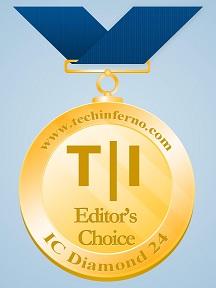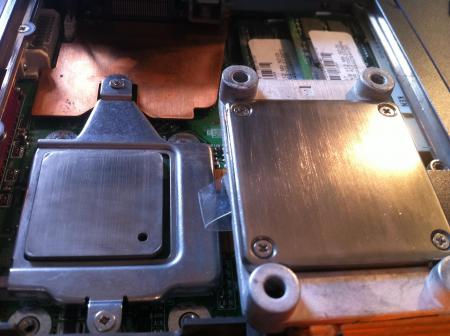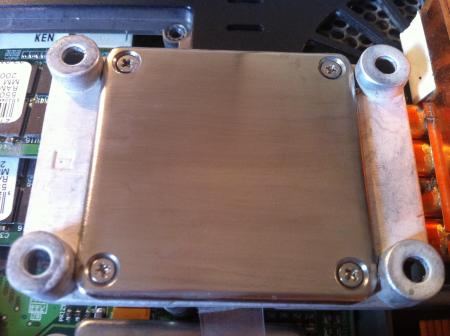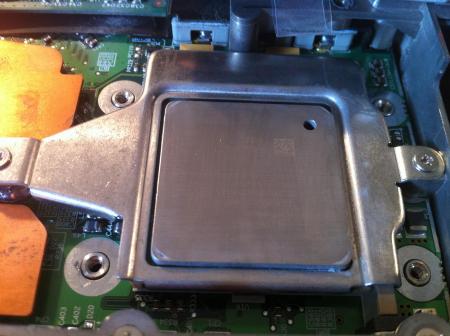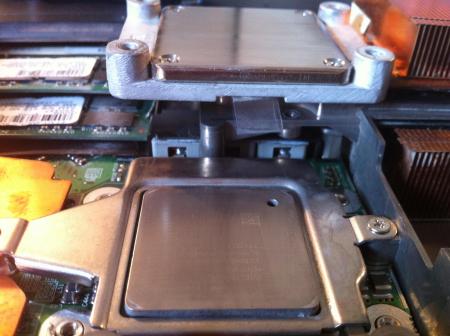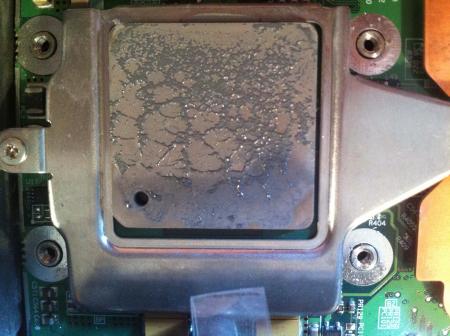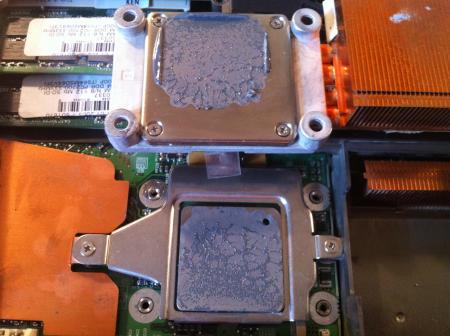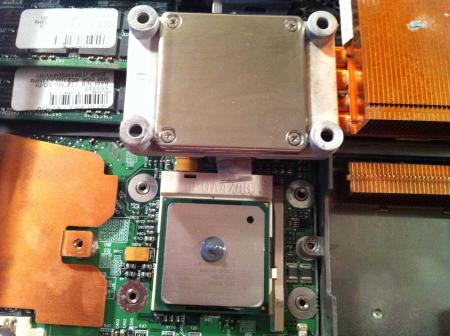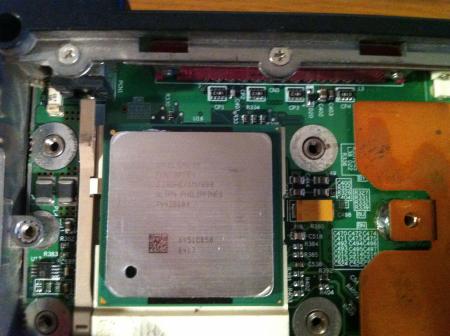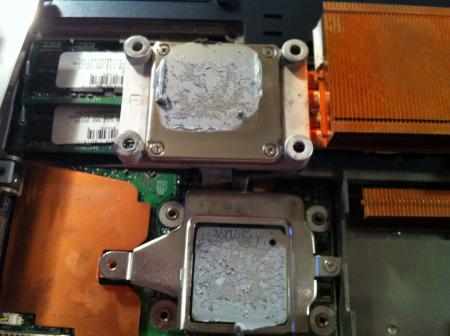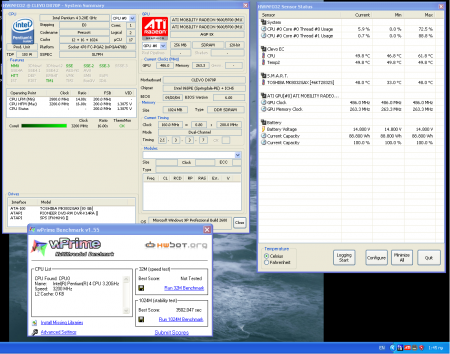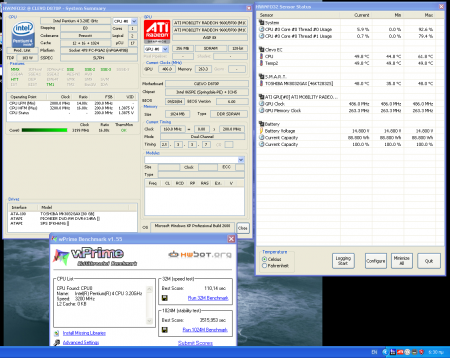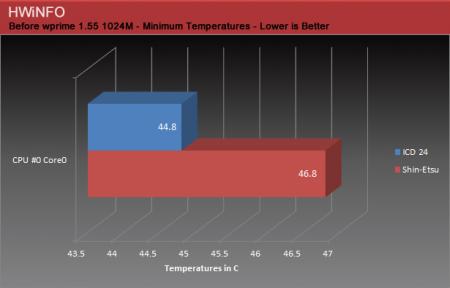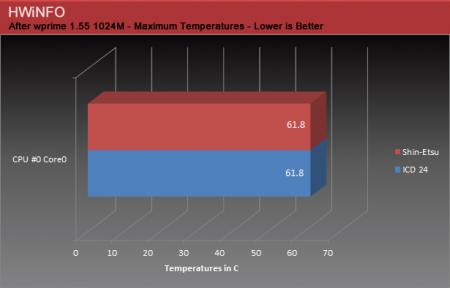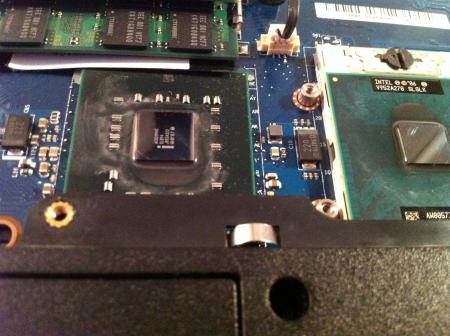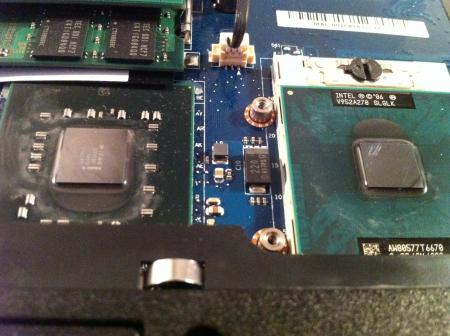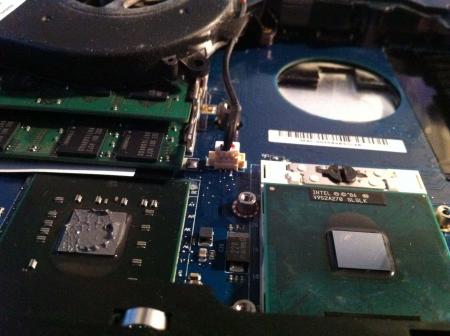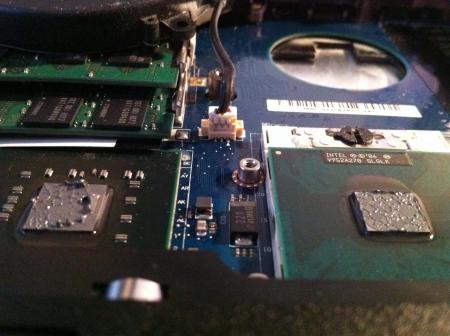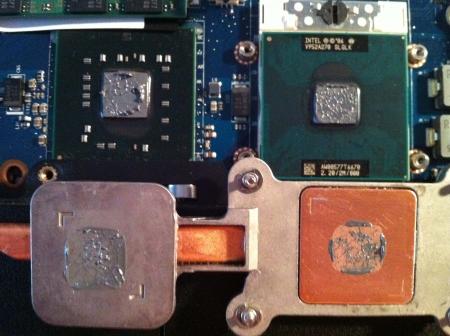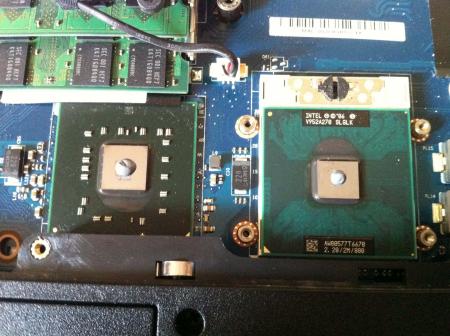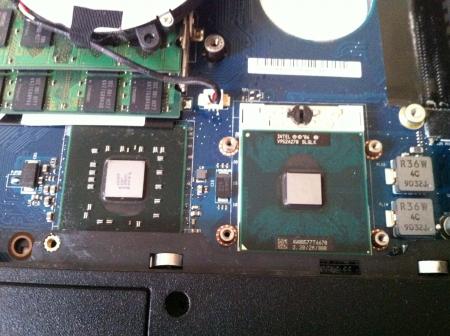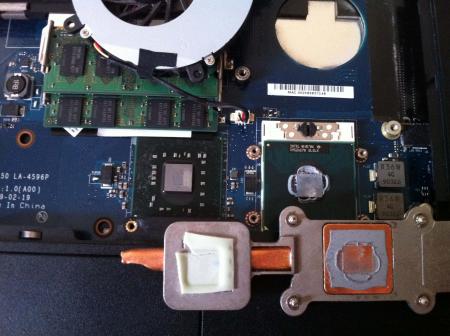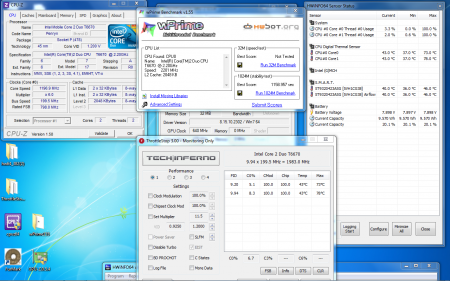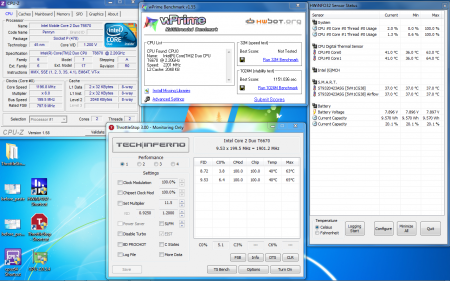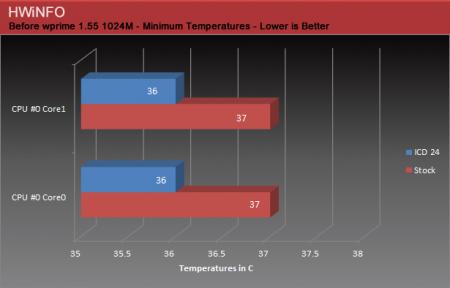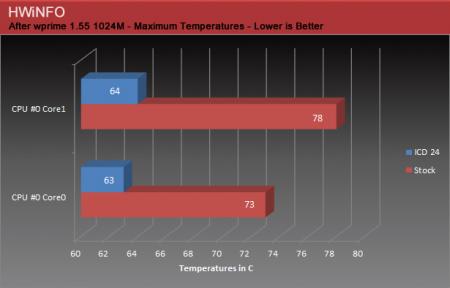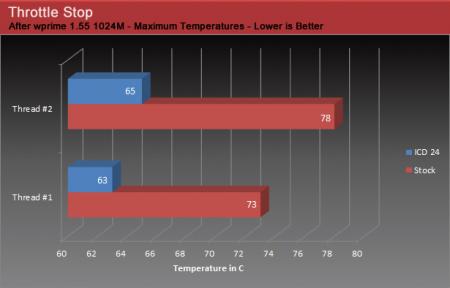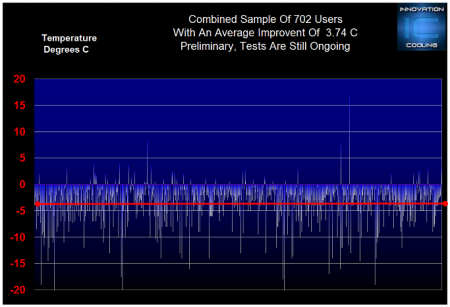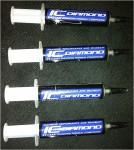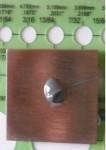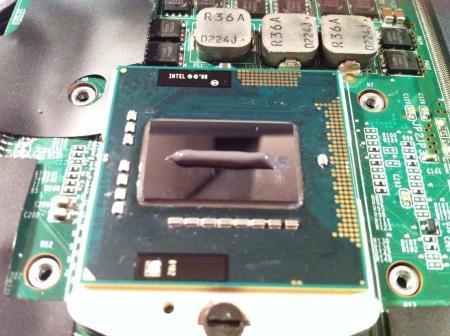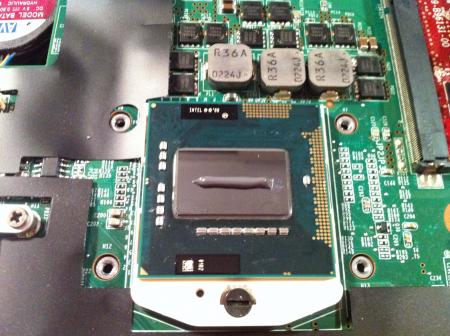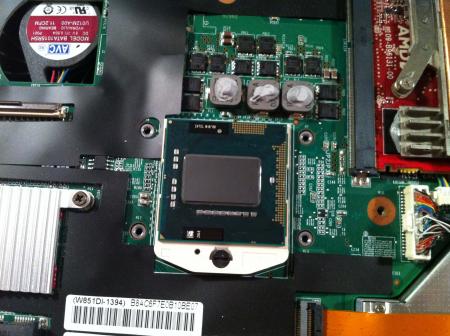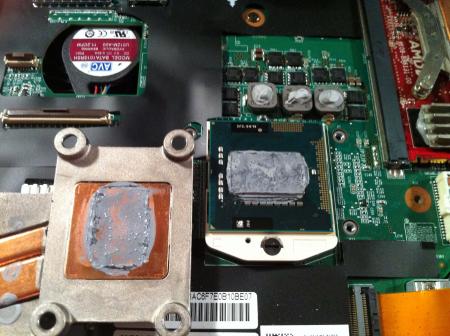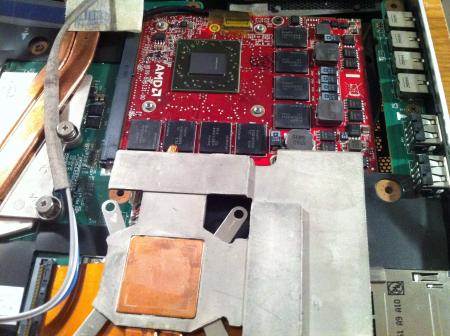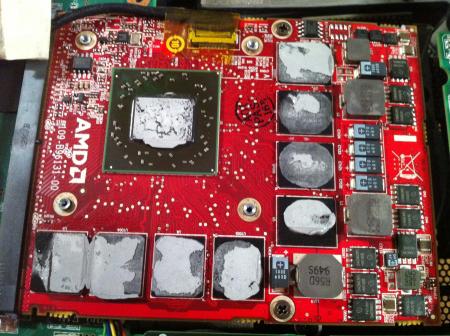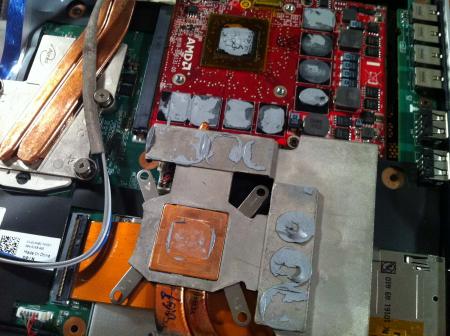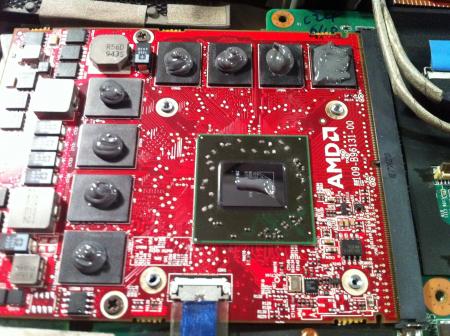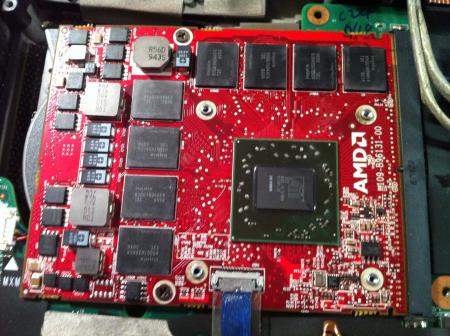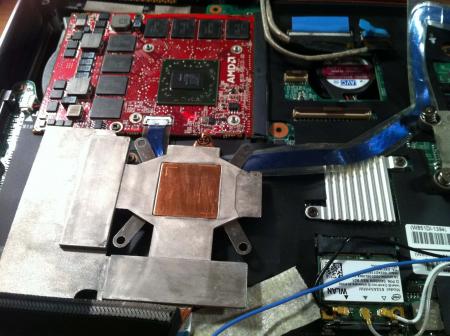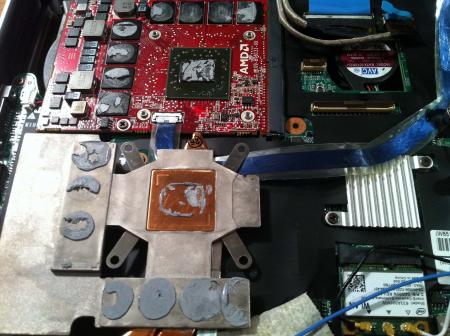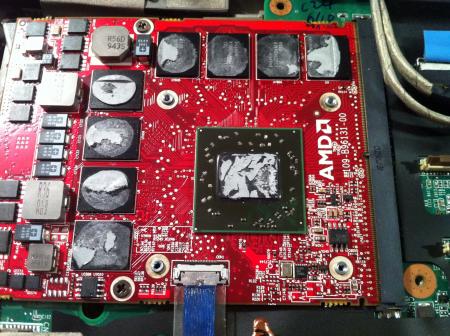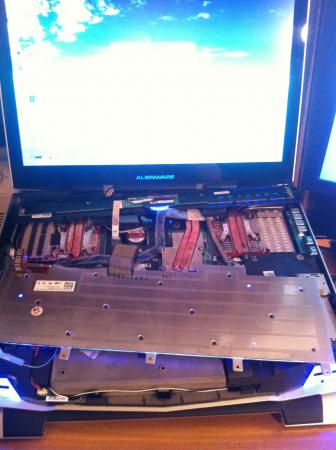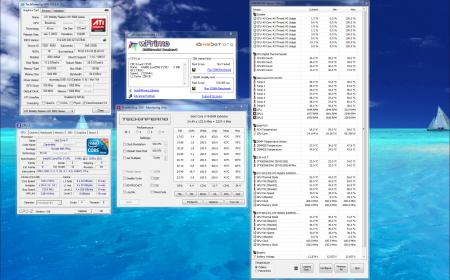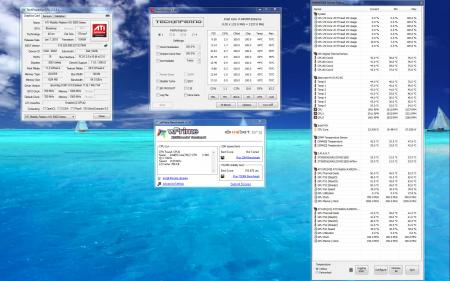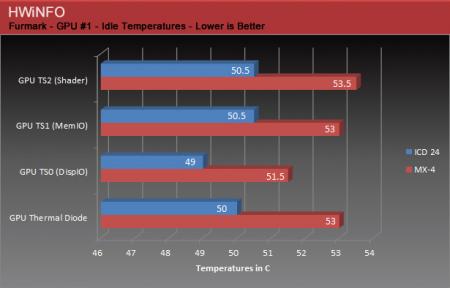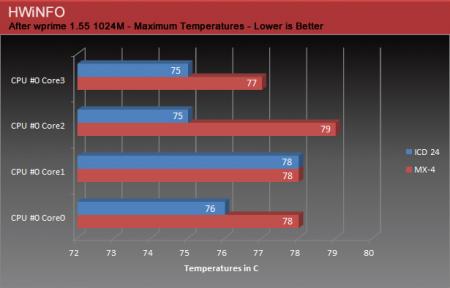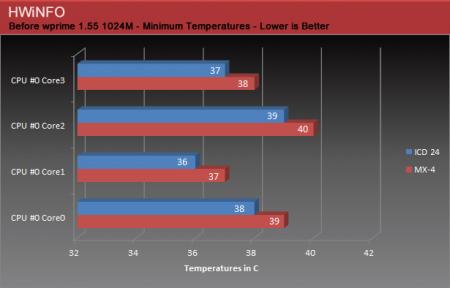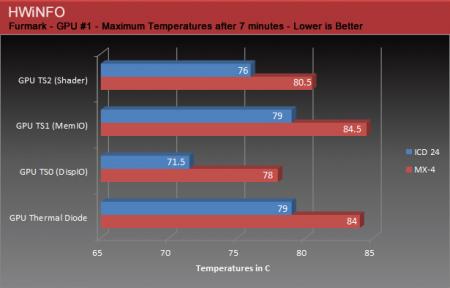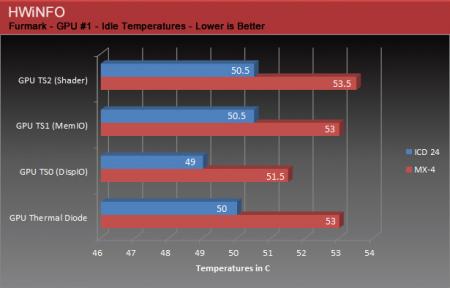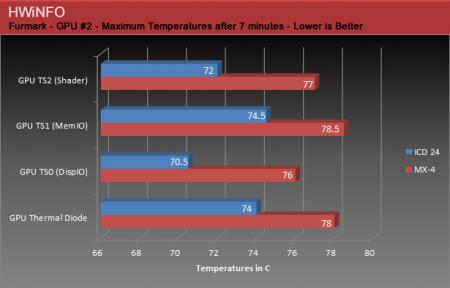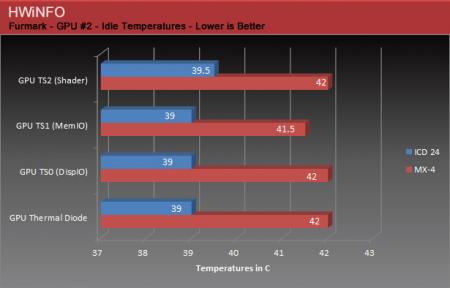-
Posts
2040 -
Joined
-
Last visited
-
Days Won
53
StamatisX last won the day on February 8 2016
StamatisX had the most liked content!
About StamatisX

Contact Methods
-
Steam
76561198031663081
-
Website URL
http://www.techinferno.com
Profile Information
-
Gender
Male
-
Location
Greece
-
Interests
Computers & Motorcycles
-
Occupation
Network Management Engineer
Recent Profile Visitors
The recent visitors block is disabled and is not being shown to other users.
StamatisX's Achievements

T|I Addict (7/7)
1.1k
Reputation
-
GoodQuestion started following StamatisX
-
New updated deals from GMG for the early May Madness promotion as well as early June releases, check them out: Total War: Warhammer -Released May 24th with 20% Off with code - MAY25 - deal expires Friday 27th. Hearts of Iron IV: Cadet Edition - Releases June 9th, get 25% Off with code - MAY25 - deal expires Friday 27th. Stellaris - Released May 9th, get 25% off all 3 titles (standard, Nova, Galaxy editions) all come with pre-purchase goodies (including creatures of the void and name in to space) - use code MAY25. This deal expires Friday May 27th. Mirrors Edge Catalyst - Releases June 9th, get 25% Off with code - MAY25 - deal expires Friday 27th. Final Fantasy X|X-2 HD Remastered - Released May 12th, get 25% Off with code - MAY25 - deal expires Friday 27th. View full article
-
- gmg
- green man gaming
-
(and 2 more)
Tagged with:
-
Microsoft is planning to acquire the London-based AI powered predictive keyboard manufacturer for around $250M. The UK start-up company founded in 2008 by Jon Reynolds and Ben Medlock, is installed on hundreds of millions of smartphones across the globe and has more than 150 employees in London, San Francisco and Seoul. Swiftkey, which is considered by its founders as a language technology company, is offering the app free for download in both Android and iOS devices since 2014. It supports more than 100 languages and uses artificial intelligence in order to learn the writing style of its user and be able to predict the next word to be typed. This is not the only company Microsoft is trying to acquire in an effort to regain a foothold in mobile but neither it is for Google with DeepMind or for Apple with VocalIQ whose AI software helps computer and people converse more naturally. Despite being installed on more than 300M devices and being on top of app chart as one of the most popular app, SwiftKey's selling price was lower than what investors might have hoped for a couple of years ago. Source: Financial Times View full article
-
A few days back the VLC team announced the first port of VLC on the Apple TV. VLC on the Apple TV allows you to get access to all your files and video streams in their native formats without conversions, directly on the new Apple device and your TV. VLC has every feature and format support you are used to in VLC, and a few Apple TV specific features while being fully free and open source, and available right now on the App Store. Features summary VLC on the Apple TV allows normal playback of all file formats, including chapters navigation, multiple audio and subtitles tracks. It is also able to play files from UPnP, Windows shares (SMB), FTP and Plex servers; and is able to download automatically subtitles and artwork! Finally, VLC on the Apple TV allows you a kind of 'casting', where you can send directly your video files for any browser or app to the Apple TV. Playback In addition to normal playback features, VLC for the Apple TV allows navigation by chapters and multiple audio and subtitles tracks selection. Unlike any other player on Apple TV so far, VLC supports custom playback speed. VLC on the Apple TV displays any kind of text (srt, SSA, WebVTT, ...) or bitmap subtitles including full support for Right-to-Left languages like Arabic and Hebrew, complex text layout for Malayalam or other Asian languages. For web radio and music playback, the community service hatchet.is was integrated to show artist imagery and biographies in addition to album artwork. For the first time, VLC directly integrates with OpenSubtitles.org, so missing subtitles can be downloaded by the user during playback. Content Discovery & Remote Playback VLC for Apple TV integrates discovery of services on the local network, for Windows Shares (SMB), DLNA/UPnP media servers, FTP and PLEX servers. Login credentials for devices and services can be securely stored on the Apple TV and will be synchronized to the user's iPad or iPhone (and the other way around) to ease access. Finally, VLC for Apple TV includes an innovative feature called Remote Playback a custom way of casting media stored on other computers to the TV using a web browser. A user can drop one or multiple files on the browser to play those instantly, and the copies will remain available in the device cache locally. Additionally, this works for pasting directly streams from compatible URLs and multiple actions can be sent to create the current playlist. And of course, this web interface can be used to control playback. Links VLC: http://www.videolan.org/vlc/ VLC on the App Store: https://itunes.apple.com/app/vlc-ios/id65037796 Source: VideoLAN View full article
-
Netflix recently became available in 130 more countries, but unfortunately not every area is able to access all of its content. While Netflix works on licensing agreements, it will begin preventing customers from using proxies and unblockers to access more content. This move may not be a popular one from the company, as people obviously will want access to as much content as possible, but it is something Netflix says is necessary for its business. David Fullagar, Vice President of Content Delivery Architecture at Netflix wrote the following: While it's unfortunate that not all of Netflix's content can be accessed everywhere, we hope for Netflix to be able to offer all of its content to all of its customers, regardless of location. Source: Netflix View full article
-
Tesla's owner, Elon Musk, said during an exclusive interview with the BBC at his design studio near Los Angeles that it is an "open secret" Apple is making a rival electric car. He also predicted vehicles that could not drive themselves would become a "strange anachronism" before too long. An added challenge is that over recent months several of its engineers have been hired by rivals, including China-backed Faraday Future and Apple. Apple has not formally announced it is working on a vehicle, although it did recently register several automobile-related internet domains, including apple.car and apple.auto. Mr Musk outlined a vision of a future where all cars would be electric and autonomous, and driving yourself would become a hobby rather than a necessity. In recent months, its Autopilot feature has given the car a number of autonomous driving features: keeping in lane adjusting its speed as other cars cut in changing lane without the driver needing to intervene Last weekend, it gained a new "beta" feature that allows owners to summon their car with their smartphone. At both last week's Consumer Electronics Show in Las Vegas and this week's Detroit Motor Show, a number of other car makers have shown off innovations in electric vehicles and automated driving. Source: BBC View full article
-
TP-Link enters the Android Phone market with its newly established brand called Neffos. The Neffos trio features high running speed, large storage space, smart multithreaded background program and powerful camera to offer a balanced and joyful experience for users. The Neffos C5 is powered by a quad-core 64-bit processor as well as 16 GB ROM and 2 GB RAM. It is equipped with a Super Camera that has intelligent mode and 30 artistic filters. With 5.5-inch FHD IPS display, C5 Max provides crystal clear picture quality that is reflected in the finest details and accurate colors from any angle. It’s equipped with a 13MP rear camera and a 5MP front camera. The large F2.0 aperture of the rear camera allows users to take stunning photos at any time. The C5L packs with 1 GB RAM, 8 GB ROM and supports up to 32 GB of expandable SD memory. It has an 8MP rear camera and a 2MP front camera. The Neffos series also shows the beauty of simplicity with its industrial design. It emphasizes the material’s original color and texture by incorporating polycarbonate composites. It provides good grip by with optimized side curve, chamfer and CD texture on the side button. Some images of the new phones: Specifications: Source: Neffos View full article
-
Final Thoughts I have to admit that I was very skeptical when I first saw the preliminary results that showed an average drop of -3.74 C and I thought that this number was too big to be true, but, when I started calibrating the heatsink of the Alienware M17x-R2 and watched as the temperatures began to drop, it was then that I realized this number could actually be accurate. According to ThrottleStop, for the Alienware M17x-R2, the average drop during load was 3 C and according to HWiNFO64 the drop was 2.66 C when ICD 24 was used instead of MX-4, while the average idle temperature drop as recorded by HWiNFO64 was 1 C. The same average drop ( 1 C ) was reported by HWiNFO for the Clevo D870P with the desktop CPU (given that the ambient temperature was 1 C lower during the tests with ICD 24) while the maximum temperatures were exactly the same for both ICD 24 and Shin-Etsu. For the Gateway laptop with the stock thermal compound, the average temperature drop during idle was 1 C as well, but during load according to both HWiNFO32 and Throttle Stop, the average drop was 4 C, matching this way the rest of the reported results by Innovation Cooling. 1 C average temperature drop during idle was reported for the Dell Vostro laptop as well, but an amazing 11.5 C and 12 C drop according to Throttle Stop and HWiNFO64 respectively was achieved under load when the stock Dell thermal compound was replaced by ICD 24. Now for the GPU results, the primary card of the R2 idled 2.875 C lower on average when ICD 24 was used, while during load the drop was even bigger, reaching 5.125 C on average, which is pretty impressive in my opinion. The secondary card idled 2.75 C lower compared to the temperatures achieve by MX-4, while during load the difference increased to an average drop of 4.625 C. Personally I am very satisfied with the temperature drop ICD 24 was able to achieve since it allowed me to push the cards even further when overclocked, kept the fans at lower RPM when gaming and allowed me to overclock the CPU even higher by increasing the TDP/TDC from 92/90 to 96/94 respectively and complete wPrime v1.55 1024M 10 seconds faster than my previous overclock. At this point I would like to mention that there were concerns expressed by our forum members about the ICD 24 scratching the surface of the CPU. An answer to those concerns was given here, nevertheless from the pictures I took you can see that there are a few minor marks on the glossy surface of the mobile CPUs after removing ICD 24. Hopefully this is something that can be reduced to minimum by simply being very gentle when removing the compound and especially if you use isopropyl alcohol 91% or higher and soak the cotton stick used, as well as both surfaces where ICD 24 was applied, before proceeding with the cleaning. This is something I wouldn’t worry about since it didn’t seem to affect the performance of the compound. Another thing I would like to mention is that many people consider the thickness of this product as a disadvantage. I on the other hand, consider its thickness as one of its main advantages since I was able to use ICD 24 instead of thermal pads in places like the GPU were the distance between the memory and the heatsink was too big for thinner compounds to be used and bleeding would be inevitable. Therefore this product is highly recommended to those who need to maximize the thermal heat transfer as well as for the enthusiasts/overclockers that push their hardware to its limits and even the slightest drop in temperatures can make the difference, that’s why ICD 24 is our editor’s choice.
-
Clevo D870P Clevo D870P – Pentium 4 @ 3.2GHz HT – Both surfaces from a different angle after applying ICD 24 Clevo D870P – Pentium 4 @ 3.2GHz HT – The heatsink surface after applying ICD 24 Clevo D870P – Pentium 4 @ 3.2GHz HT – The CPU surface after removing ICD 24 Clevo D870P – Pentium 4 @ 3.2GHz HT – After removing ICD 24 Clevo D870P – Pentium 4 @ 3.2GHz HT – After applying ICD 24 Clevo D870P – Pentium 4 @ 3.2GHz HT – After applying ICD 24 levo D870P – Pentium 4 @ 3.2GHz HT – After applying ICD 24 Clevo D870P – Pentium 4 @ 3.2GHz HT – After the removal of Shin-Etsu Clevo D870P – Pentium 4 @ 3.2GHz HT – Shin-Etsu Clevo D870P – Pentium 4 3.2GHz HT – Temperatures with Shin-Etsu Clevo D870P – Pentium 4 3.2GHz HT – Temperatures with ICD 24 At this point I have to mention that while the laptop was idling with the Shin-Etsu thermal compound, the ambient temperature was 1 C higher.
-
Dell Vostro 1520 After cleaning the GPU from ICD 24 (notice some minor scratches) After cleaning the CPU from ICD 24 (notice some minor scratches) After cleaning the CPU from ICD 24 (notice some minor scratches) ICD 24 ICD 24 After applying ICD 24 After removing the stock thermal paste Stock Thermal Pads/Paste Temperatures with ICD 24 Temperatures with Stock Thermal Pads
-
A few weeks ago Innovation Cooling began a survey on our forum concerning Diamond 24 carat thermal compound by giving away 100 syringes to Tech|Inferno forum members who have registered prior to June 26th in order to test it against thermal compounds they have already installed and use on their computers. According to Innovation Cooling, Diamond 24 Carat Thermal Compound maximizes thermal heat transfer between the CPU core and heatsink by taking advantage of diamond’s superior thermal conductivity. Purified synthetic diamond has a thermal conductivity of 2,000-2,500 W/mK compared to 406-429 W/mK for pure silver. Diamond’s five times better thermal conductivity compared to silver makes it a superior heat transfer material for cooling high performance CPUs and is electrically non-conductive and non-capacitive. In each tube of IC Diamond 24 Carat Thermal grease there are 24 carats of micronized diamond with diamond particle loadings @ 92% by weight. Material loading above 90% is recommended as the best combination of rheological and thermal properties to minimize interface pump out due to thermal cycling. Key Features Superior bulk conductivity Excellent thermal impedance Tight particle distributions Silicone free Lower viscosity Greater stability Non capacitive or electrically conductive Thermal Conductance: 4.5 W/m-K (data acquired with an ASTM D – 5470 thermal interface test instrument) Thermal Resistance: 0.25oC-cm2/W@ 100 µ BLT Average Particle Size: Compliancy: RoHS Compliant. IC Diamond is designed for stability and it will not bleed or separate in normal use. The curing time IC Diamond 24 requires is minimal and in most cases it will reach peak performance after two hours of use (optimized pressure of 50 PSI since lighter load pressures will increase cure times to a week or more) The existing results from other surveys seem very promising therefore I could not pass the opportunity to test ICD 24 against Arctic Cooling MX-4 used on my Alienware M17x-R2′s CPU and both GPUs along with a couple of other laptops that I was able to acquire for the occasion. Testing systems For my tests I primarily used the Alienware M17x-R2 that has undergone a retention modification for both CPU and GPUs in order for the heatsink to apply greater pressure. I have used various thermal compounds in the past, the latest one and the one currently used on my R2 is Arctic Cooling MX-4. CPU and both GPUs including their memories have been repasted and their thermal pads replaced with a thick layer of MX-4. Except from the Alienware M17x-R2, I decided to compare ICD 24 with the stock thermal compounds used by companies like Dell and Gateway and find out how much of a difference it would make to a low priced laptop. I also decide to use ICD 24 to a very old Clevo laptop I have, the D870P with a Pentium 4 desktop CPU that I use as a LAMP server and remains on 24/7. That particular laptop had been re-pasted with a Shin-Etsu thermal compound but unfortunately there is no further information about it since it came as a gift with the purchase of a CPU. Below you can see the specs of each system Among those 4 laptops, only M17x-R2 was able to provide temperature measurements for its GPUs since the rest of them didn’t return any value at all except from their clock frequencies. Methodology Since I had plenty of ICD 24 syringes I decided to re-paste each laptop twice and from those results to keep the best ones. According to Innovation Cooling, the proper application method is this: Figure 1-Proper Application of an approximately 5.0-5.5 mm bead on center example on left utilizing a synthetic IHS. The primary reason we recommend a compression type spreading is that we have found that the best results are attained with a compression type spreading.The grease spreads uniformly and minimizes the introduction of air bubbles in to the thermal interface joint, a potential cause of grease failure that will affect long term reliability which can be observed in the following examples For a full explanation with instructions and examples provided by Innovation Cooling please see here. Given though that the surface of a mobile CPU is significantly smaller than that of its desktop counterpart and that not all them are square shaped (ie i7-940XM is a rectangular) I had to figure out the proper amount by trial and error. The steps I followed for the CPU tests were as follows: Set the power plan to performance Deactivated the screensaver and set the display not to turn off Powered off the laptop and waited for 5 minutes Powered on the laptop and let it idle for 10 minutes making sure that no updates were running and with the monitoring programs being in the background Recorded idle temperatures and took screenshots With the monitoring programs minimized and running in the background, I run wPrime v1.55 1024M (ie for the i7-940XM the number of threads used were 8, same number as reported by CPU-Z ) Recorded maximum temperatures and took screenshots Took pictures of the CPU and heatsink with the previous thermal compound Applied ICD 24 and took pictures of the application method In order to break in the new thermal compound I powered on the laptop and run wPrime two times in a row with the same settings as before Powered off the laptop and waited for 5 min Repeated those 2 steps twice Powered on the laptop and let it idle for 10 minutes making sure that no updates were running and with the monitoring programs being in the background Recorded idle temperatures and took screenshots With the monitoring programs minimized and running in the background, I run wPrime v1.55 1024M (same settings as before) Recorded maximum temperatures and took screenshots Took pictures of the CPU and heatsink with ICD 24 The steps I followed for the GPU tests are similar to those of the CPU with the difference that I used FurMark (Multi-GPU) instead of wPrime in order to stress the GPU and I kept if running for 7 minutes in order to measure maximum temperatures. Another thing to mention is that I had a Dell U2410 external monitor connected via the DisplayPort during those tests that kept the clocks of the primary card @ 405/1000 while idle and it is the reason behind the big difference in temperatures between the primary and the secondary card whose clocks remainded @ 100/150. As I mentioned before, Innovation Cooling recommends 2 hours of curing time using pressure of 50 PSI for optimal performance. I deviated from that curing time only with my R2 (but complied with it for the other 3 laptops) since I found that it wasn’t necessary to wait for that long in order to get optimal results, plus you have to remember that my M17x-R2′s heat-sinks apply more pressure than normal due to the retention mod. i7 940XM – After reapplying ICD 24 (minor scratches) i7 940XM – After applying ICD 24 i7 940XM – After removing MX-4 i7 940XM – MX-4 GPU #2 – ATI Mobility Radeon HD 5870 – Cleaned from MX-4 GPU #2 – ATI Mobility Radeon HD 5870 – MX-4 GPU #2 – ATI Mobility Radeon HD 5870 – MX-4 GPU #1 – ATI Mobility Radeon HD 5870 – After applying ICD 24 GPU #1 – ATI Mobility Radeon HD 5870 – Cleaned from MX-4 GPU #1 – ATI Mobility Radeon HD 5870 – Cleaned from MX-4 GPU #1 – ATI Mobility Radeon HD 5870 – MX-4 GPU #1 – ATI Mobility Radeon HD 5870 – MX-4 At this point I had to calibrate the pressure each screw was applying to the heatsink and the only way to do it was by leaving the laptop open and adjusting the screws one by one until the temperatures were almost identical across all cores. It is a procedure that requires at least half an hour of monitoring the temperature fluctuations and finding which screws and how much they have to be adjusted in order to achieve optimal conduct between the heatsink and the die. I managed to get the same temperature across five threads but as you can see from the screenshots and graphs below one core was off by 3 C. Alienware M17x-R2 – During CPU’s heatsink calibration CPU Temperatures Temperatures with MX-4 Temperatures with ICD 24 Primary GPU Temperatures Alienware M17x-R2 – Temperatures with ICD 24 Temperatures with MX-4 Secondary GPU Temperatures
-
Temperatures will definitely be significantly lower if they use just light and not a hybrid version (both electrons and light). The prototype is a dual core so it probably couldn't handle Crysis but since it uses existing technology it can be easily scaled up for commercial production.









